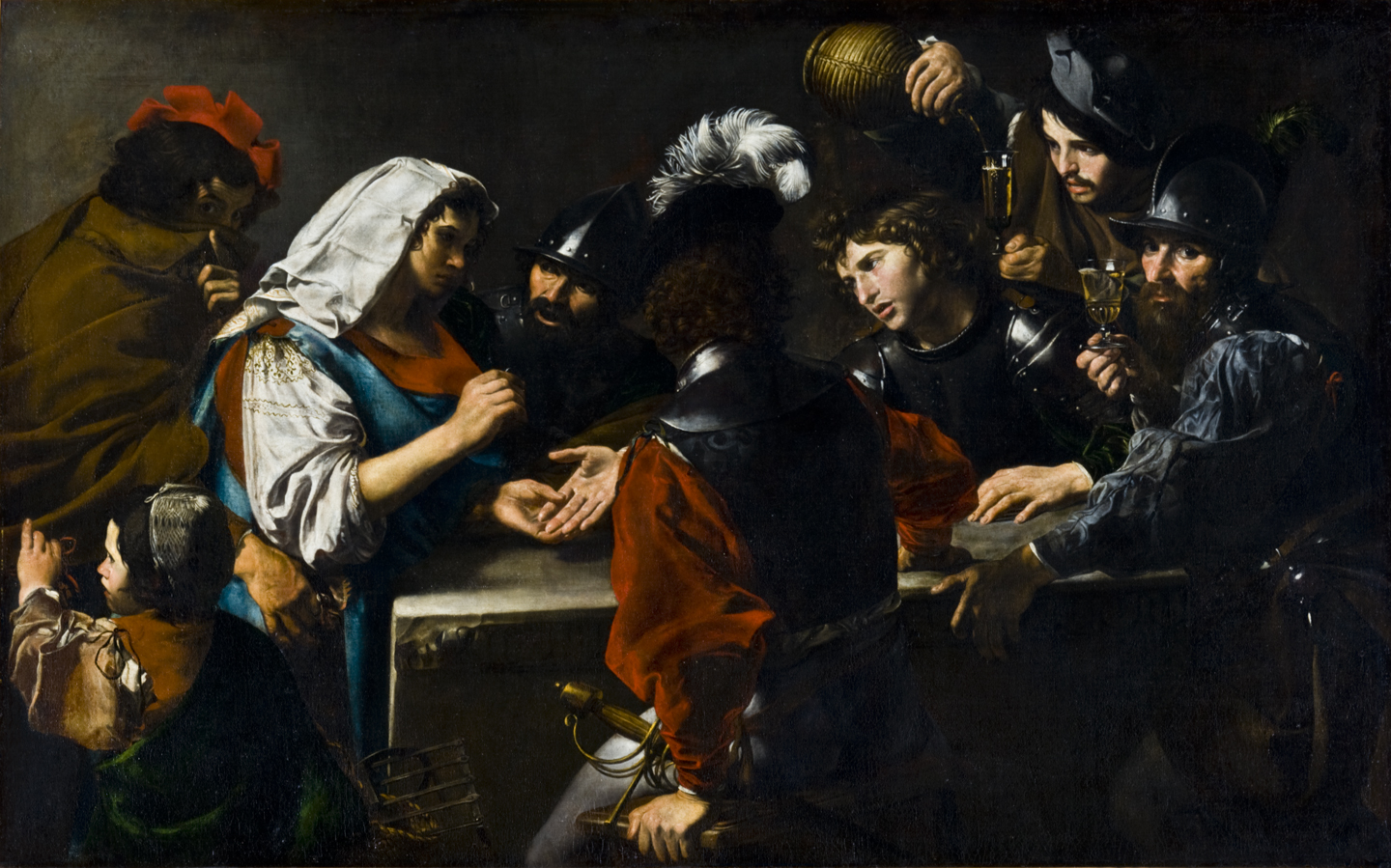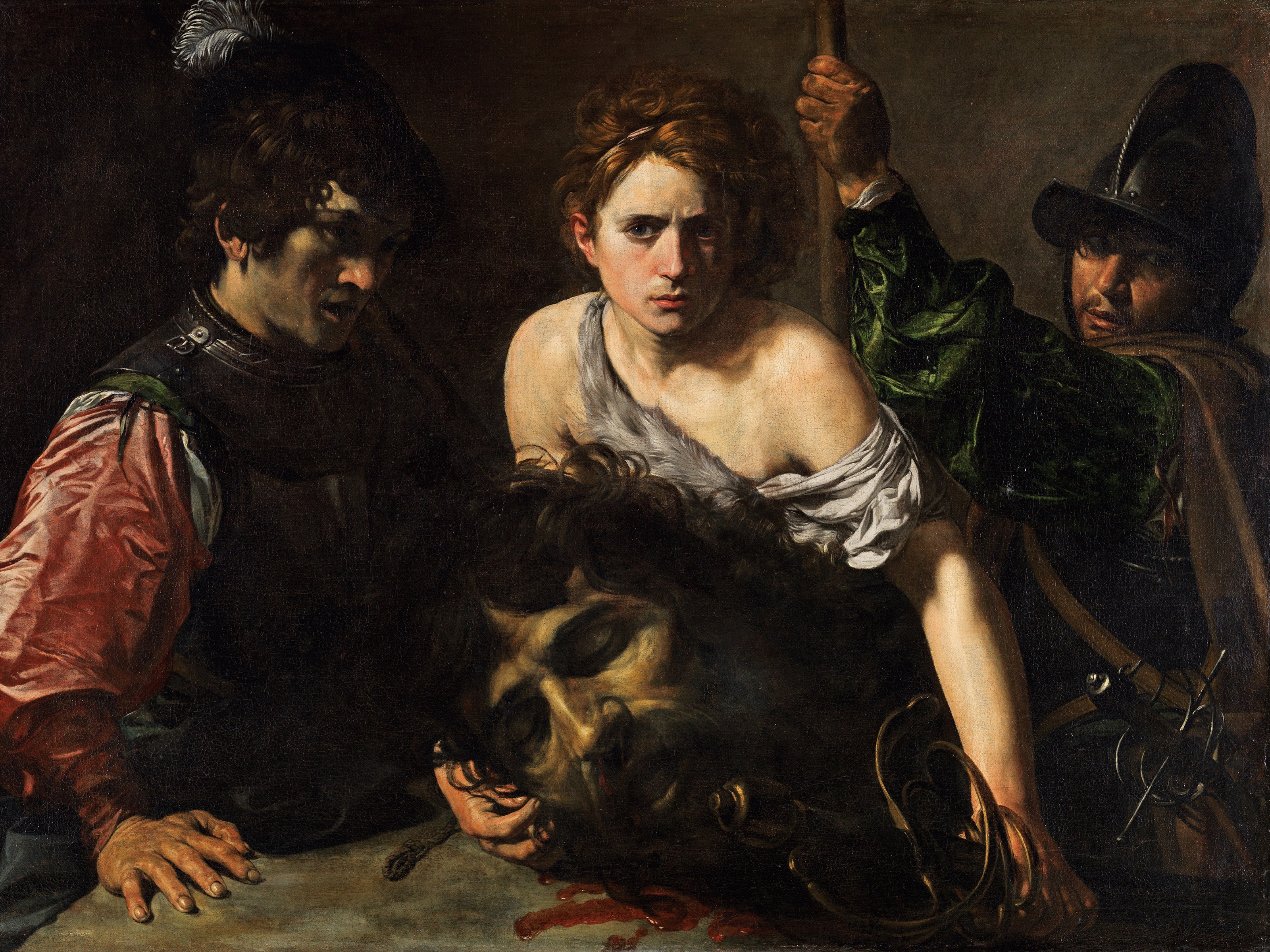Valentin de Boulogne (1591-1632) was a French painter and one of the most devoted followers of Caravaggio. He was a masterful painter who took many of the techniques learned from Caravaggio and went beyond realism to create his own unique works of art.
There is not much known of de Boulogne’s early life but he is first mentioned in Italy in 1620 where he studied under French painter Simon Vouet. De Boulogne was heavily influenced by Caravaggio’s style and, like him, he often painted directly from posed models depicting ordinary people carousing and enjoying the street life of cards, music and drinking in taverns; this was considered a rejection of the ideals and traditions of Raphael and Michelangelo that were popular at the time. Both de Boulogne and Caravaggio used vivid chiaroscuro to bring out the drama of the scene characteristic of the Tenebrist style that was popular during the Baroque period of painting and widely accredited to Caravaggio.
An example of how de Boulogne took his painting beyond Caravaggio can be seen in “Fortune Teller with Soldiers” where he employs techniques to bring the viewer into the painting. In this painting a group of young soldiers gather around a table where one is having his palm read by a fortune teller. Behind her is a shady character in the act of picking her pocket as he holds up his finger to his lips as if to silence us. A young child follows suit by picking the pocket of the unsuspecting thief as the story of the painting unfolds. By painting a figure with his back to us, he makes us feel like we are also in the room. De Boulogne’s absence of a floor in the painting allows the viewer to become an active participant as if we are standing or sitting at the same level as the characters. The violent contrasts of light and dark with spotlight effect creates a painting both dramatic and powerful to view. In this painting we also see another often used technique of de Boulogne, extending the space of the painting beyond the frame so that the viewer feels they are part of the scene.
Valentin de Boulogne became well known in Italy but was widely collected in France where his paintings were chosen to decorate the bedroom of King Louis XIV’s chamber at Versailles. His surviving work is made up of about 75 paintings; surprisingly de Boulogne has never had a monographic exhibition until 2016 where his collection was featured at the Metropolitan Museum of Art.
- Heidi Werber
We need your help - we need $20,000 to create the new version of DailyArt for Android devices. Find out more here.
Thank you!
- Zuzanna


 Valentin de Boulogne
Valentin de Boulogne